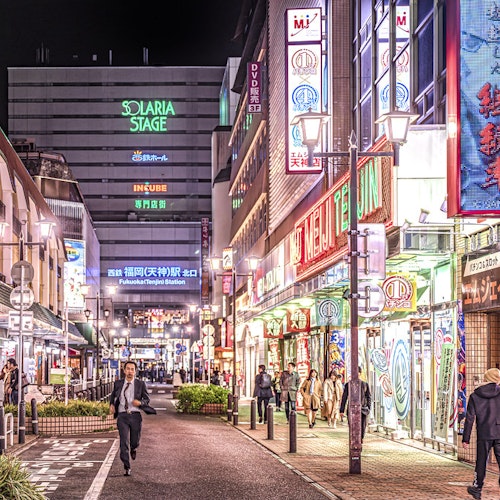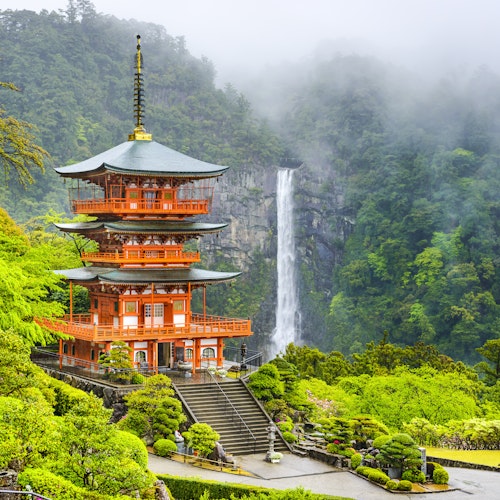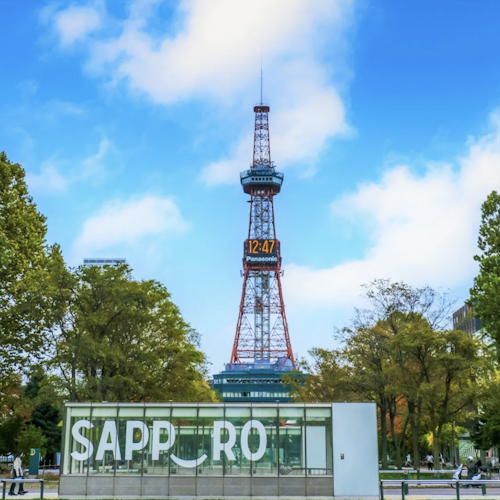
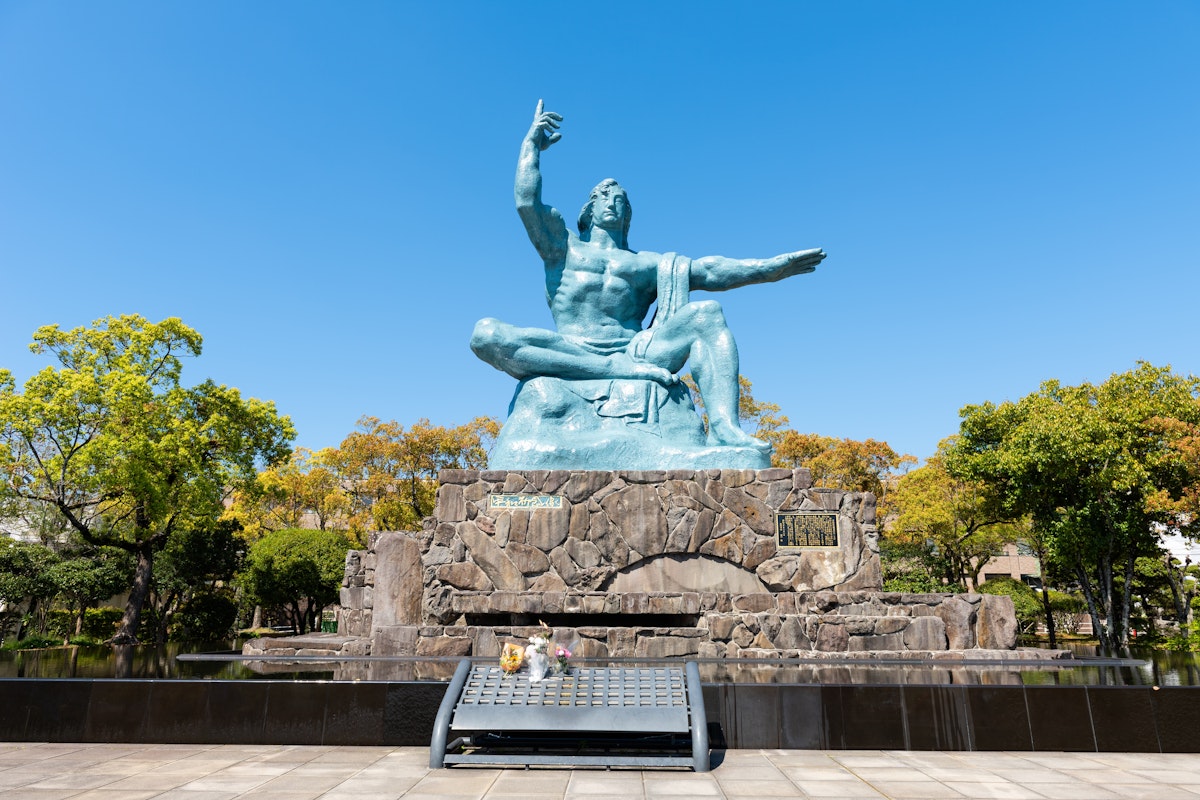
Nagasaki, a city synonymous with the horrors of the atomic bomb, has emerged as a powerful symbol of hope and reconciliation. Nagasaki was devastated by an atomic bomb, resulting in unimaginable loss and suffering.
Today, the city is a testament to resilience and a commitment to peace. Nagasaki delivers a poignant message of global harmony and the enduring human spirit through its historical sites.
This blog explores Nagasaki, including the Nagasaki Atomic Bomb Museum, Nagasaki Peace Park, and various memorials that honor the victims and promote eternal peace.
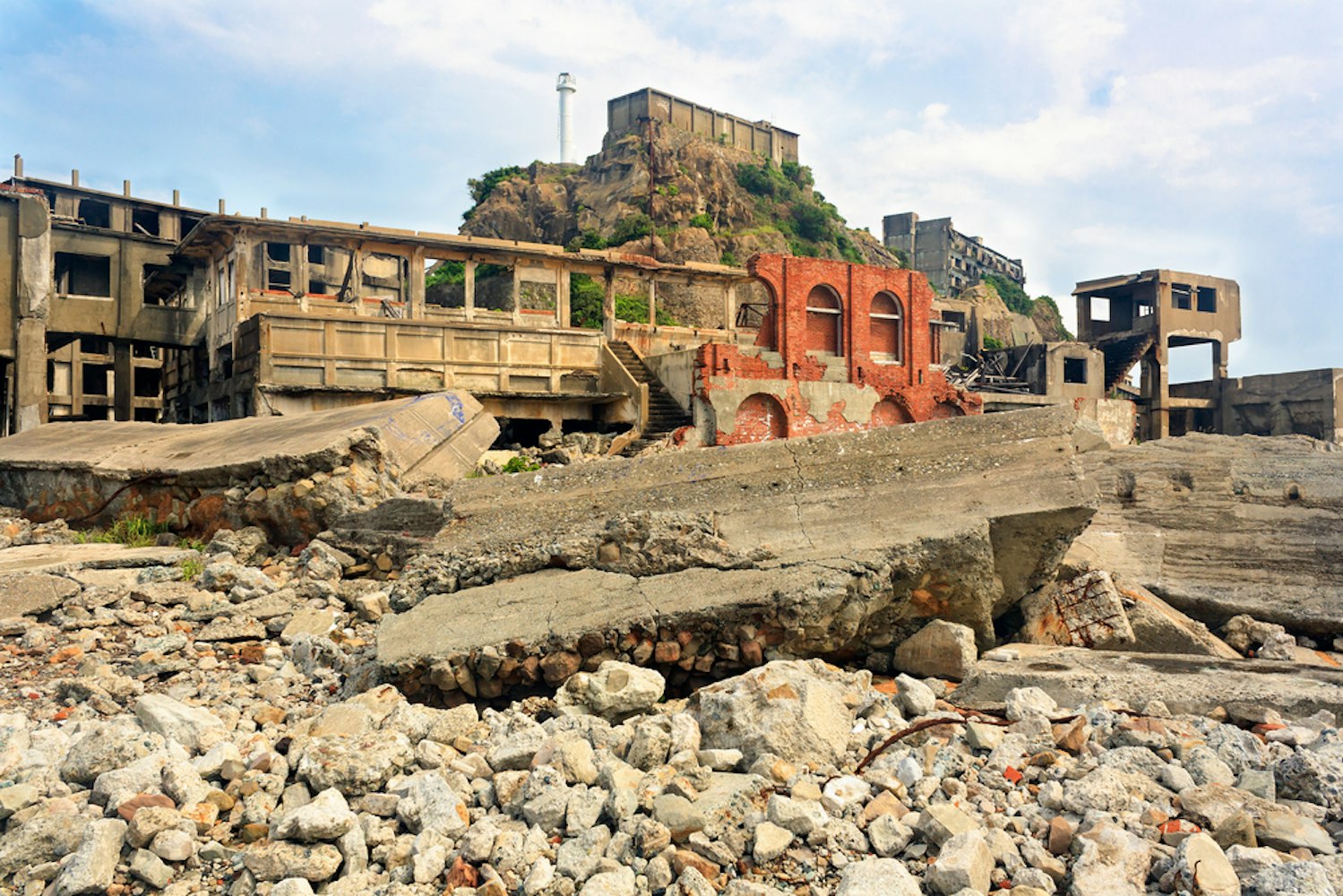
Nagasaki's history is profoundly connected to its role as a major port city and a hub for cultural exchange. Before the atomic bombing, Nagasaki was known for its vibrant international community and significant Christian population centered around the Urakami Cathedral Church Memorial Hall.
On August 9, 1945, the atomic bomb was dropped on Nagasaki, forever changing its landscape and history. The explosion killed tens of thousands instantly, with many more dying in the aftermath from radiation sickness.
Today, Nagasaki City commemorates this tragic event while promoting a future free from nuclear weapons. The annual Peace Declaration on August 9 serves as a solemn reminder of the city's commitment to world peace and the memory of the atomic bomb victims.
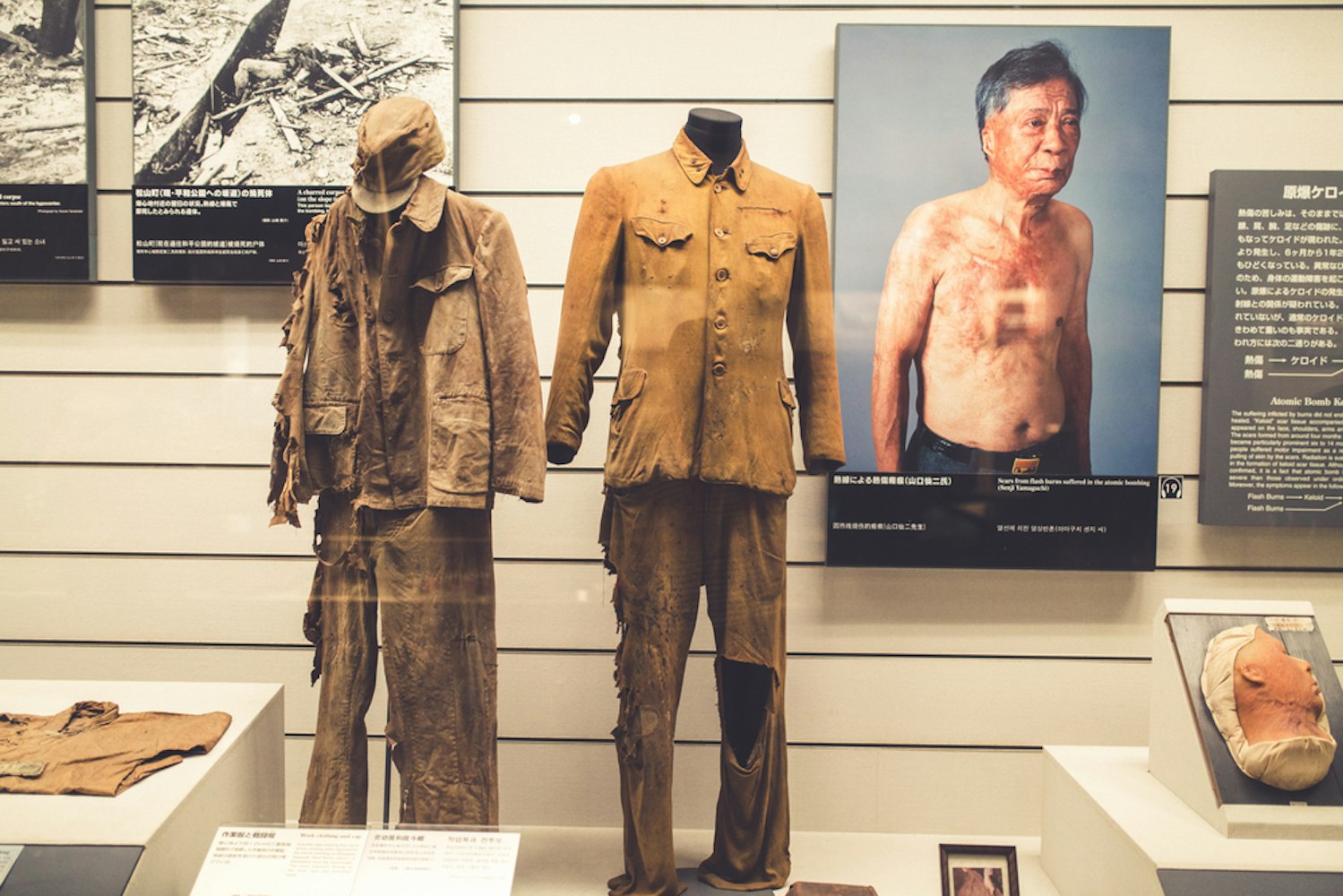
The Nagasaki Atomic Bomb Museum is a cornerstone of the city's efforts to educate future generations about the horrors of nuclear warfare. Located near the hypocenter of the explosion, the museum offers a comprehensive look at the events leading up to the bombing, the immediate aftermath, and the long-term effects on the survivors, known as hibakusha.
Exhibits include photographs, artifacts, and personal stories, providing a profoundly moving experience for visitors. The museum also features a black marble vault containing the names of the bomb victims, serving as a poignant reminder of the lives lost.
Through its educational efforts, the Nagasaki Atomic Bomb Museum plays a crucial role in the global movement for nuclear disarmament and eternal peace.
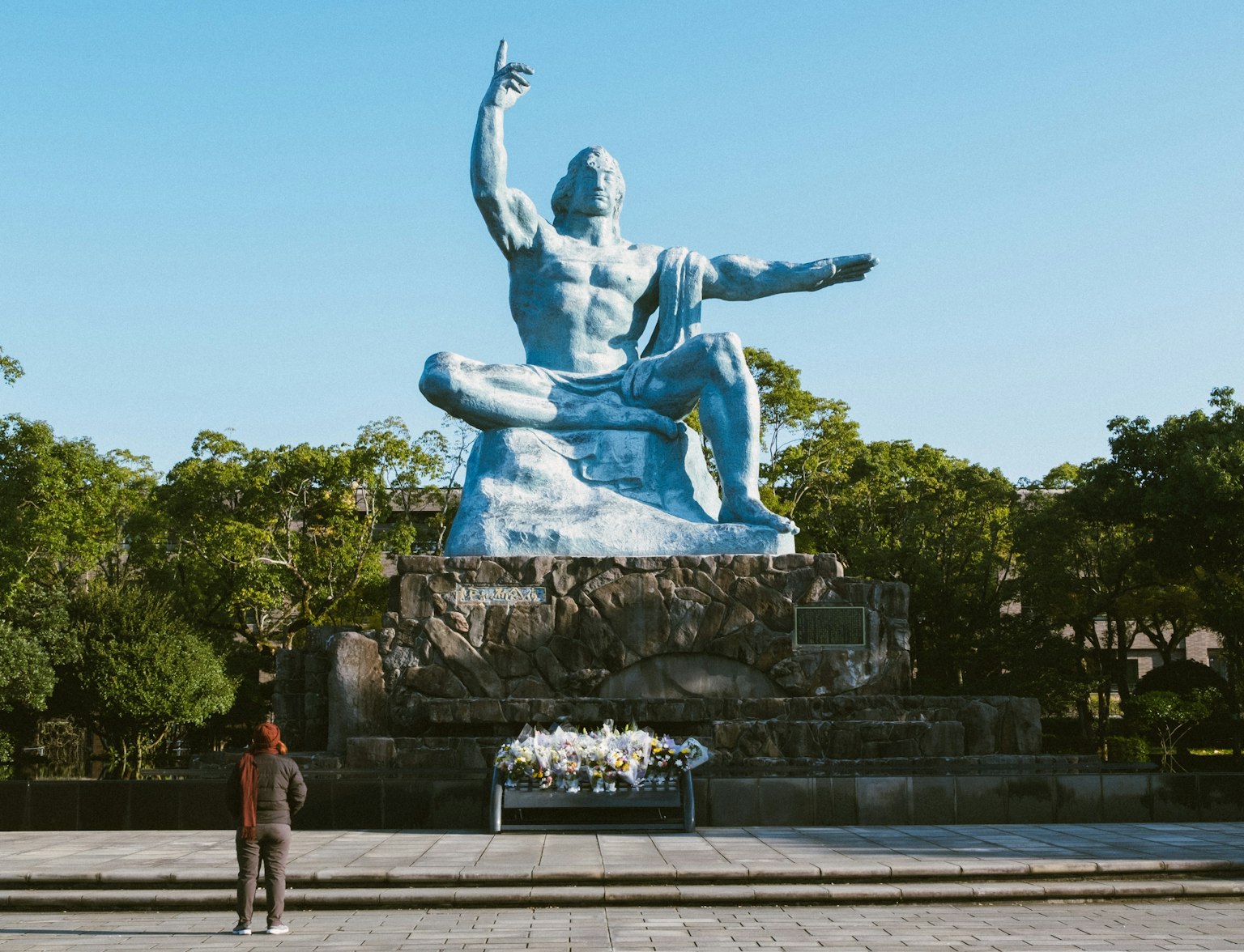
Discover the remarkable history and resilience of Nagasaki with this tour.

Nagasaki Peace Park, established in 1955, is a beacon of hope and reconciliation. The park is located at the epicenter of the atomic bomb blast and is home to numerous monuments contributed by various nations, symbolizing the collective desire for global harmony.
The park's centerpiece is the Peace Statue, created by sculptor Seibou Kitamura. The statue's right-hand points skyward, symbolizing the threat of nuclear weapons, while the extended left hand signifies a gesture of peace.
The folded right leg signifies meditation, and the extended left leg represents an urgent desire to stand and help others. Every year on August 9, a Peace Declaration is delivered here, reaffirming Nagasaki's commitment to a world free of nuclear weapons.
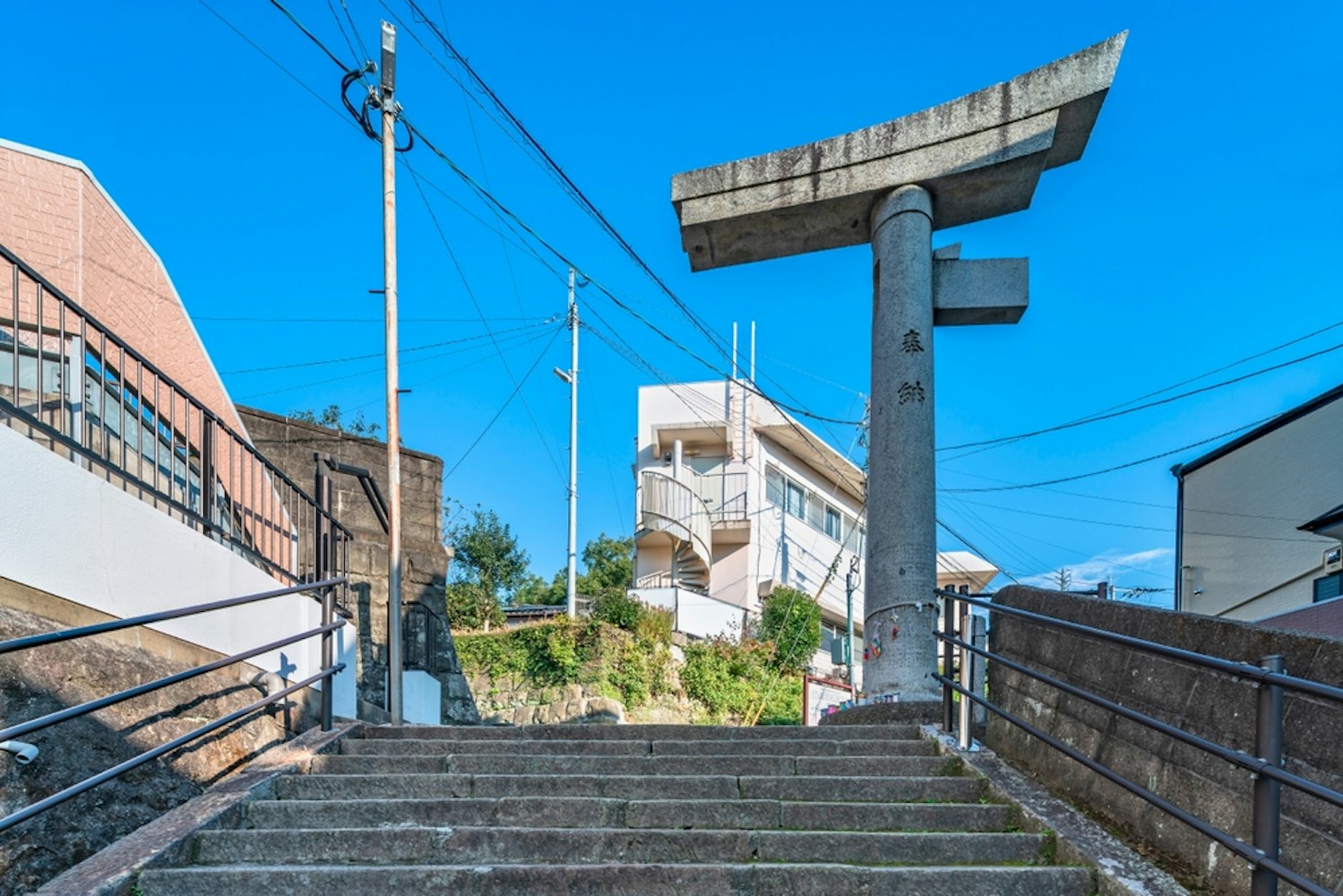
The Nagasaki Torii Gate, or the One-Legged Torii, is another poignant symbol of resilience and hope. Situated near the blast's hypocenter, the gate's sole remaining pillar serves as a stark reminder of the atomic bomb's destructive power.
Despite the devastation, this torii gate, originally part of the Sanno Shrine, remained partially standing, symbolizing the endurance of faith and the city's spirit. It serves as a silent witness to August 9, 1945, and a symbol of the enduring hope for peace and reconciliation.
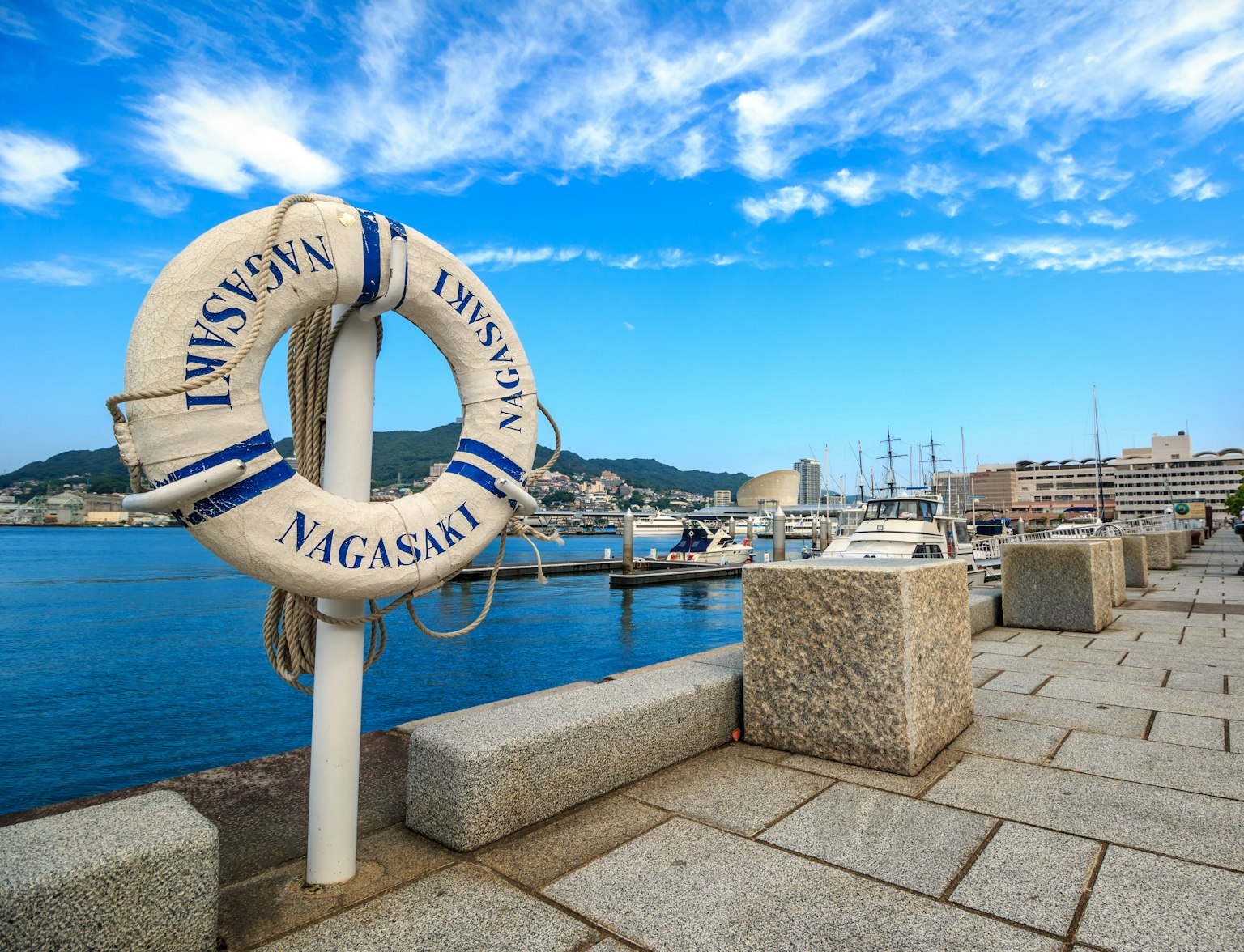
Discover the vibrant heart of Nagasaki in a 3-hour personalized walking tour.
Nagasaki is easily accessible by various modes of transportation. Visitors can take a train to Nagasaki Station, which is well-connected to major cities in Japan.
The Nagasaki Atomic Bomb Museum and Peace Park are just a short distance from Nagasaki Station. The closest tram stops to the museum and park is Hamaguchi-machi, a few minutes' walk from these sites.
Buses and taxis are also available for convenience. For those traveling by air, Nagasaki Airport offers regular flights to and from major Japanese cities.
Whether by train, tram, or bus, reaching Nagasaki's historical sites is straightforward and convenient.
Nagasaki Atomic Bomb Museum: A must-visit for understanding the impact of the atomic bombing.
Nagasaki Peace Park: Home to the Peace Statue and numerous monuments promoting global harmony.
Peace Statue: Symbolizes the threat of nuclear weapons and the hope for peace.
Nagasaki Torii Gate: Represents resilience and faith amidst destruction.
Annual Peace Declaration: Held on August 9, reaffirming the city's commitment to a world free of nuclear weapons.
Educational Exhibits: Highlight the horrors of nuclear warfare and the importance of peace.
Accessibility: Easily reachable via Nagasaki Station and local transportation.
International Contributions: Monuments from various nations symbolize a collective desire for peace.
Nagasaki's journey from devastation to a symbol of hope and reconciliation is a testament to the resilience of the human spirit. The city's historical sites, such as the Nagasaki Atomic Bomb Museum and Peace Park, serve as a powerful reminder of the past and inspire a commitment to a future free from nuclear weapons.
As we remember the victims of the atomic bombing and honor their memory, let us also embrace the message of peace that Nagasaki delivers to the world. Through education, reflection, and action, we can work towards a world where eternal peace prevails, ensuring that the horrors of war are never repeated.
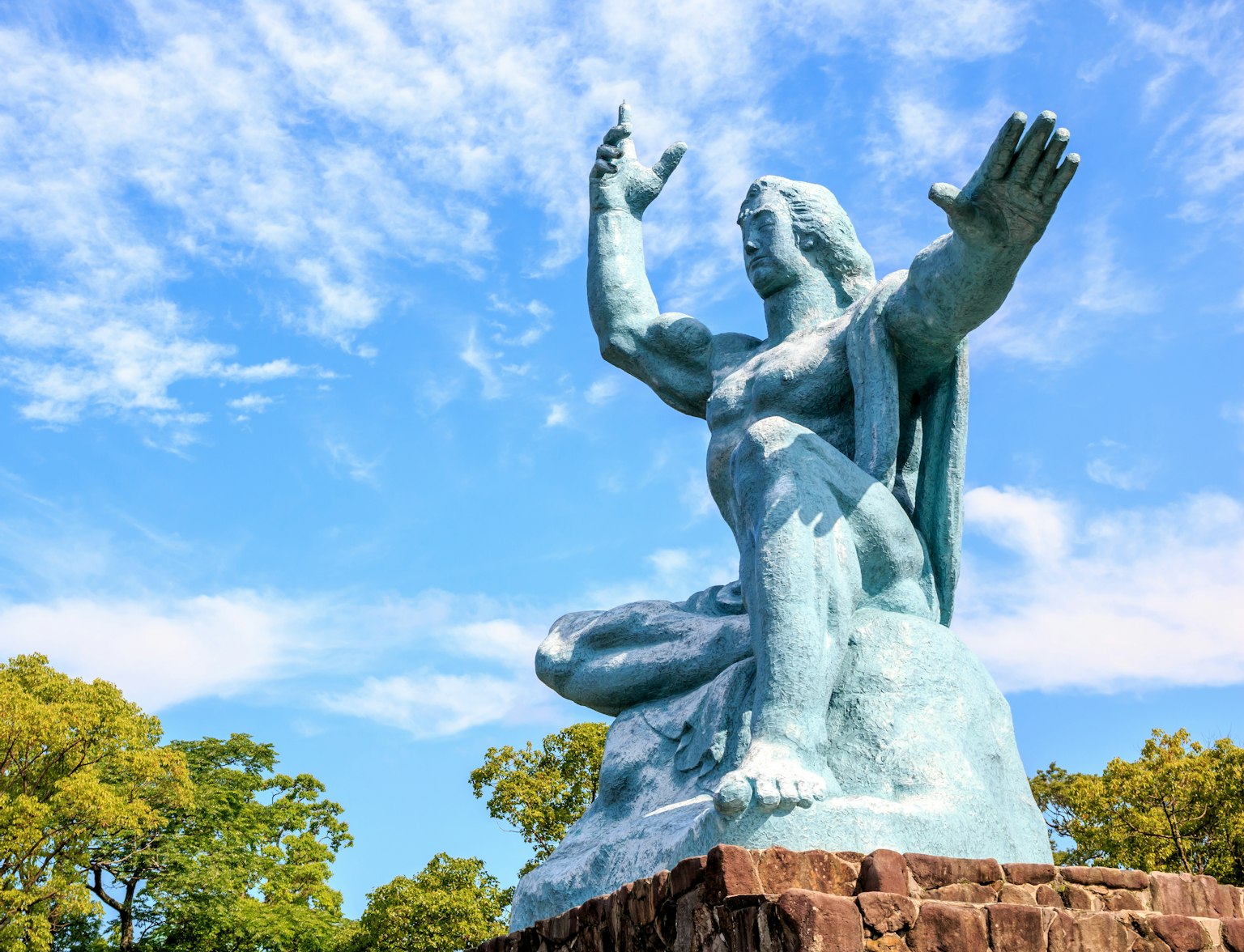
Explore Nagasaki like never before on this full-day private walking tour.

